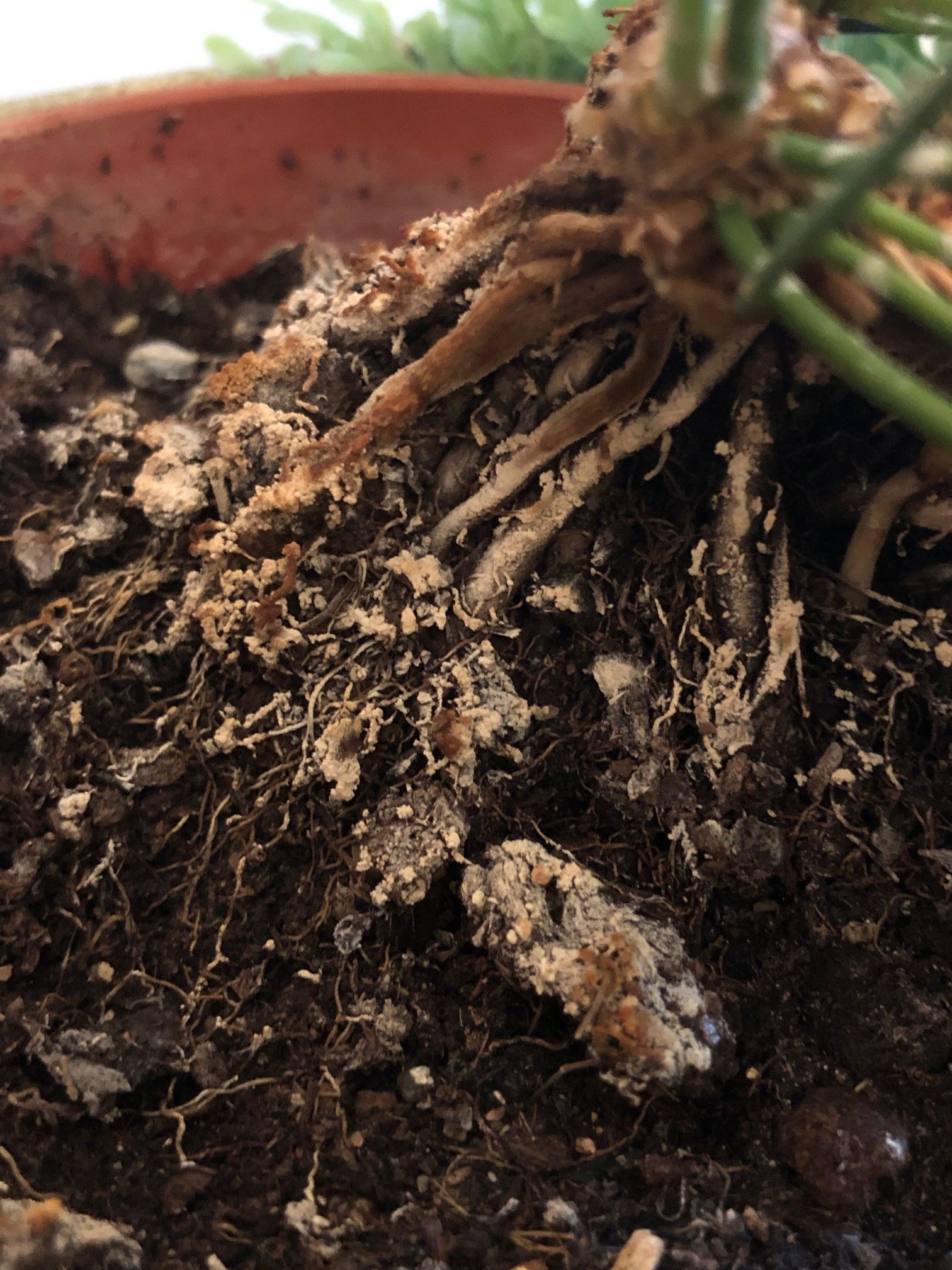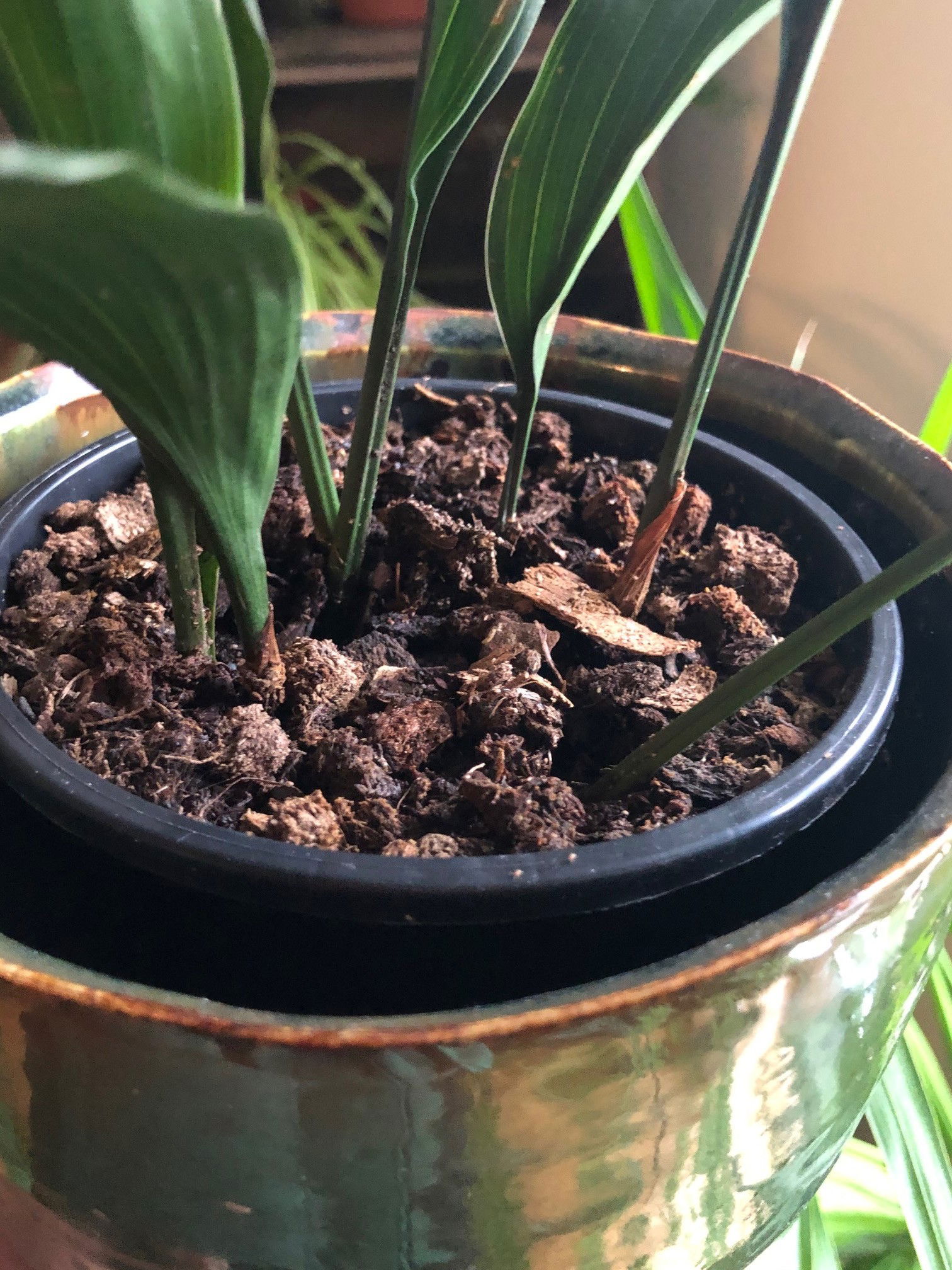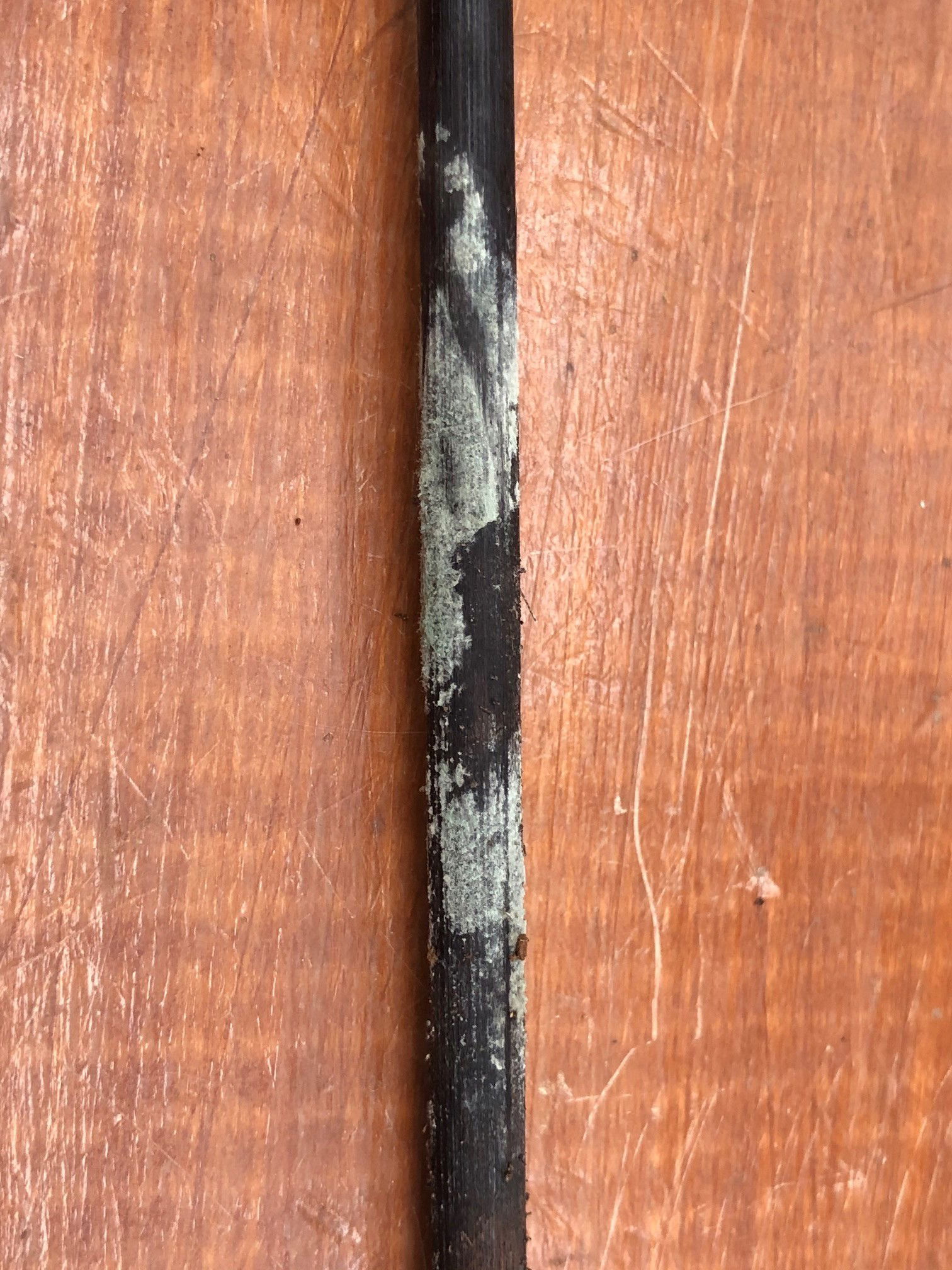Saprophytic Fungi
Contents
- What is Soil Mould?
- Causes
- A Step-By-Step Guide to Remove it
- How to Prevent a Reoccurrence
Need the answer to a specific plant query? Book a 1-to-1 video call with Joe Bagley, the website's friendly author, to overcome and address your niggling problem! Available on iMessage, WhatsApp, Facebook Messenger & more.
1. What is Soil Mould (Fungi)?
Small colonies of fungi will develop on the organic matter within the top layer of the soil. This includes bark segments, sphagnum peat, or even the fine soil grains itself. Although there are several different species of fungi, they'll all need to be treated in the same way. White or yellow mould will most likely be a form of saprophytic fungus, which is completely harmless and even beneficial for most plant species. It's up to you whether or not to remove the fungus, but for the interest of visuals, this article will discuss the easiest ways to eradicate it from the soil.
N. B. - If you've found black, sticky mould growing on the top sides of the leaves, it most likely is Sooty Mould which is caused by pest excrement. Click here for more information regarding this issue!
 Although it looks harmful, this fungi has been growing on the Asparagus Fern for over three years, without any damage to the plant!
Although it looks harmful, this fungi has been growing on the Asparagus Fern for over three years, without any damage to the plant!
2. Causes
An infected batch of compost is the common culprit for an attack. Whether it was originally from the nursery or garden centre, or a recent transplant, this form of fungi can lay dormant in the soil for many months until the conditions are best suited for germination. When storing a bag of compost at home, be sure to keep it in a dry, dark shed or garage with the hole tightly sealed.
Over-watering and high humidity will speed up the process of development, as the fungus thrives in saturated conditions.
A dark location that offers poor air circulation is another common culprit for an attack. Bathrooms and laundry rooms are the two hard-hit areas of the house as they'll provide a humid, shady location with little chance of fresh air.
 Potting mixes that have a high concentration of organic matter (like bark or coir) are more likely to develop mould. Plant - Aspidistra elatior
Potting mixes that have a high concentration of organic matter (like bark or coir) are more likely to develop mould. Plant - Aspidistra elatior
3. A Step-By-Step Guide
- Take the plant out of its pot and inspect the conditions below. As fungi tend to grow in over-watered soils, the chance of root rot will be high. If the roots are yellow and plump, move on to Step 2, however, if they're brown and mushy, click on this link to address the rot first. If you have replaced the soil, you won't have to follow Steps 2 & 3, but resume from Step 4 onwards.
- Wash the container or pot to remove any ungerminated spores that may lay on the surface. There are several products you can use; however, ukhouseplants would recommend either warm soapy water or hydrogen peroxide for total cleanliness. If you're feeling extra, you can even wash the bottom few inches of the plant as well - especially if it has a wooded base. The fungi may spread to the bark or wooden support canes - this is nothing to worry about, but must be removed when possible.
 This mould is caused by an imbalance of fungi below the soil line. Over-watering or a too-dark location is most likely to blame.
This mould is caused by an imbalance of fungi below the soil line. Over-watering or a too-dark location is most likely to blame. - Replace the top 25% or two inches of the soil for a fresh batch of the appropriate potting mix. If you're unsure of which to use, send us a message and we'll point you in the right direction. Remember, we now sell top-quality indoor potting mixes with free delivery, so be sure to click on this link to learn more!
- It's essential to remove the large lumps of organic matter (coconut coir or bark, etc.) as they'll hold excess moisture that can harbour a breeding ground.
- The final step is to consider its location and your watering habits. A setting that offers high humidity, poor air circulation and low light should be avoided, especially if you're an over-waterer. The chance of root rot and mould are considerably higher when the top layer of the soil remains too saturated with little to no natural lighting. Move on to the fourth section to find out how to minimise a future attack!
4. How to Prevent a Reoccurrence
First things first, reduce the frequency of waters if it's in a dark location. In some cases, but not all, mould or fungi can still develop on dry soil, but usually is caused by poor soil or low light. The relationship between the frequency of irrigations and the light levels is significant. If you've got a plant in a shady setting with high humidity, you must allow the top few inches to dry out in between waters. This is because the combination of no natural lighting and overly saturated soil will significantly increase spore germination.
Poorly stored bags of used compost should never be used for houseplants. When there's an open hole in the sack, moisture can be absorbed into the soil which will be a breeding ground for nasties to develop. If you've got leftover soil, be sure to keep it in a dry, dark environment with the hole sealed fully.
Regularly check for any signs of fungus development in the plant's soil - even if it's just a small portion that becomes moulded, be sure to remove the whole layer for a fresh batch. You can never be too safe with an infestation of pests or diseases, especially if you have them in close proximity to one another!
Book a 1-to-1 Consultation with THE HOUSEPLANT DOCTOR™
Need realtime advice for your houseplants? Book a video or message consultation with expert Joe Bagley, THE HOUSEPLANT DOCTOR™ (author or ukhouseplants.com). Choose between a ten or thirty-minute session & a platform of your choice (WhatsApp, FaceTime, Facebook Messenger or Zoom). Ask unlimited questions in one session, including queries on your dying/challenging plants, pests eradication, terrariums, repotting advice & everything in between! Available worldwide.